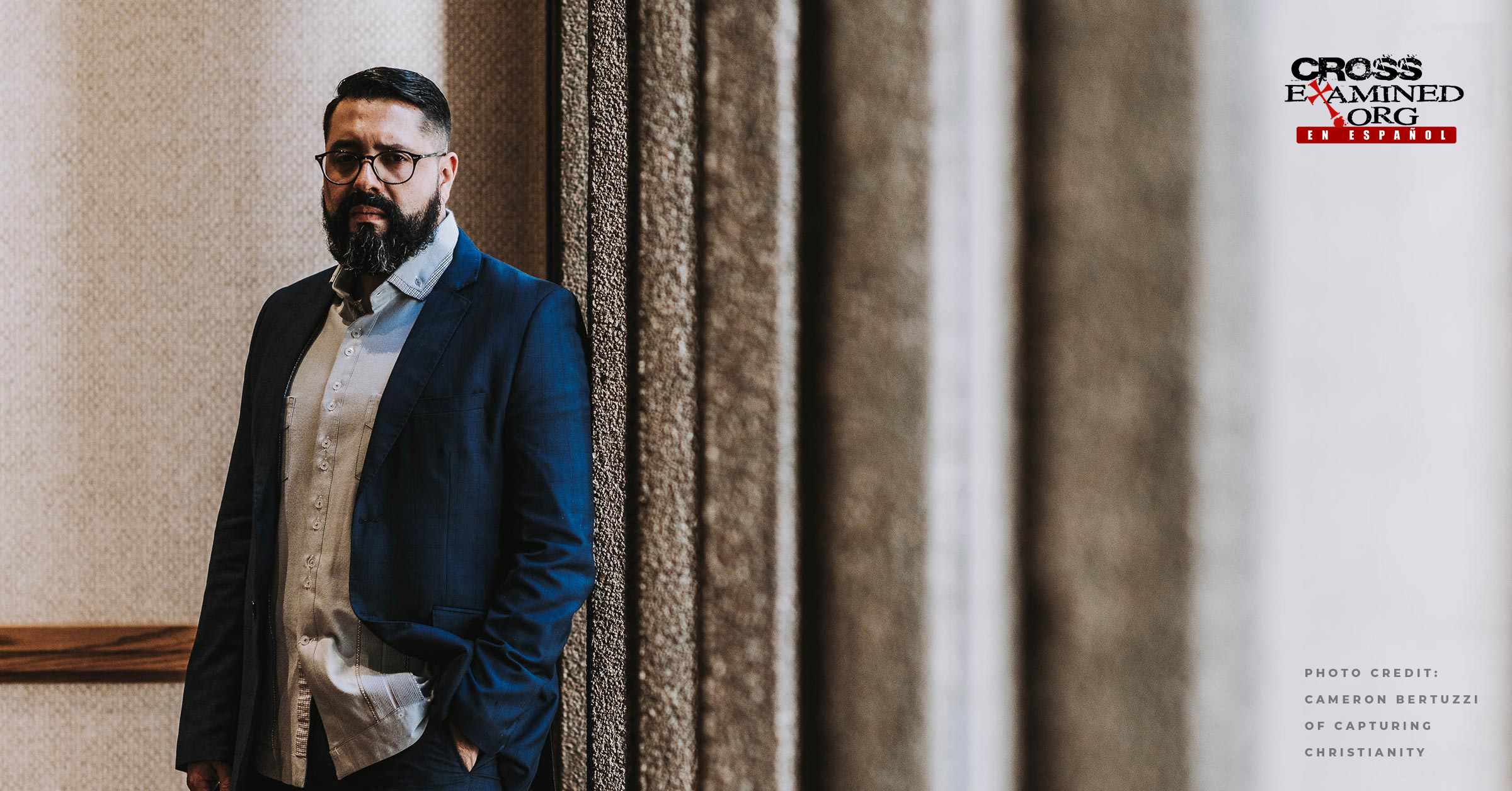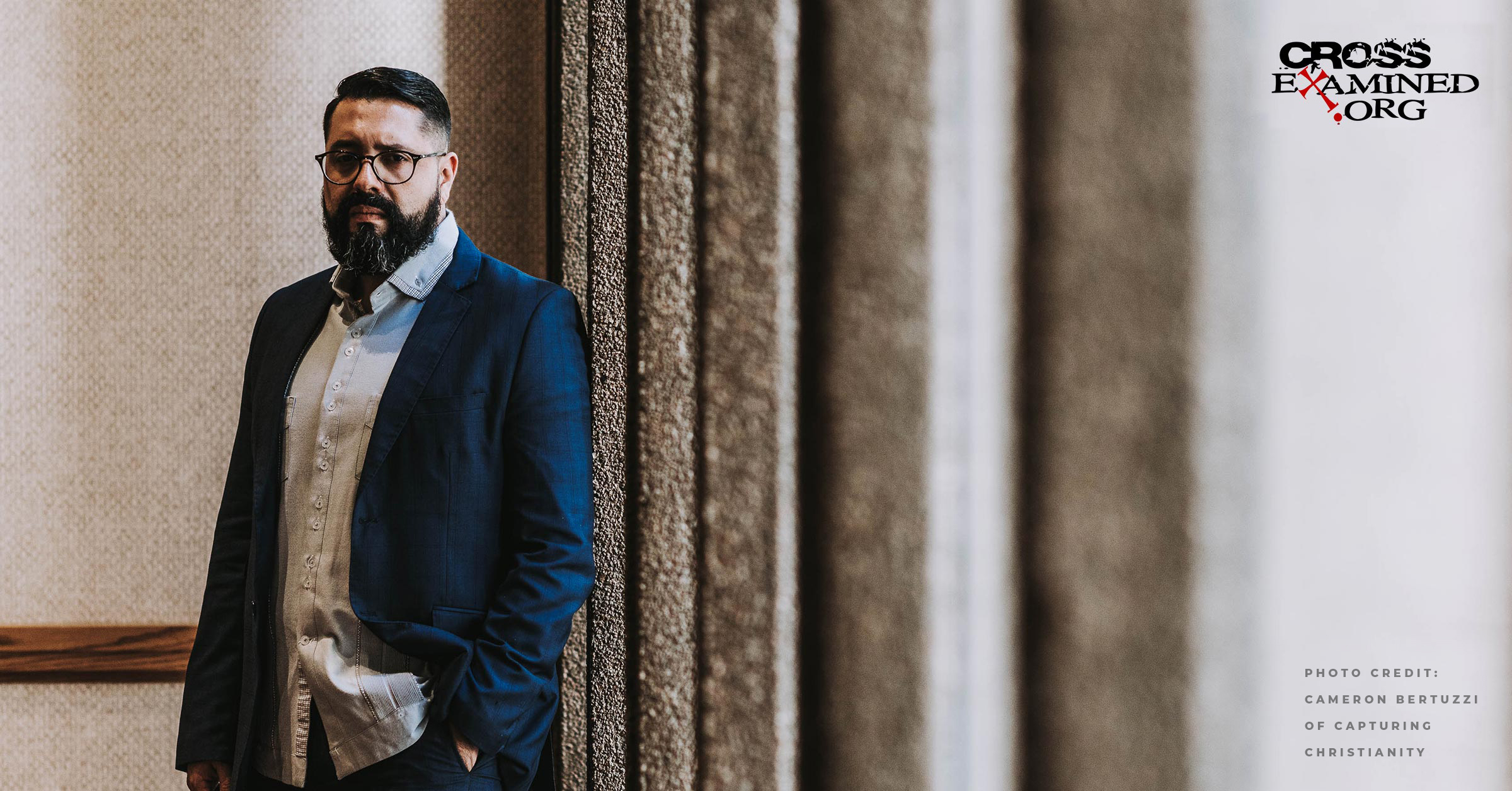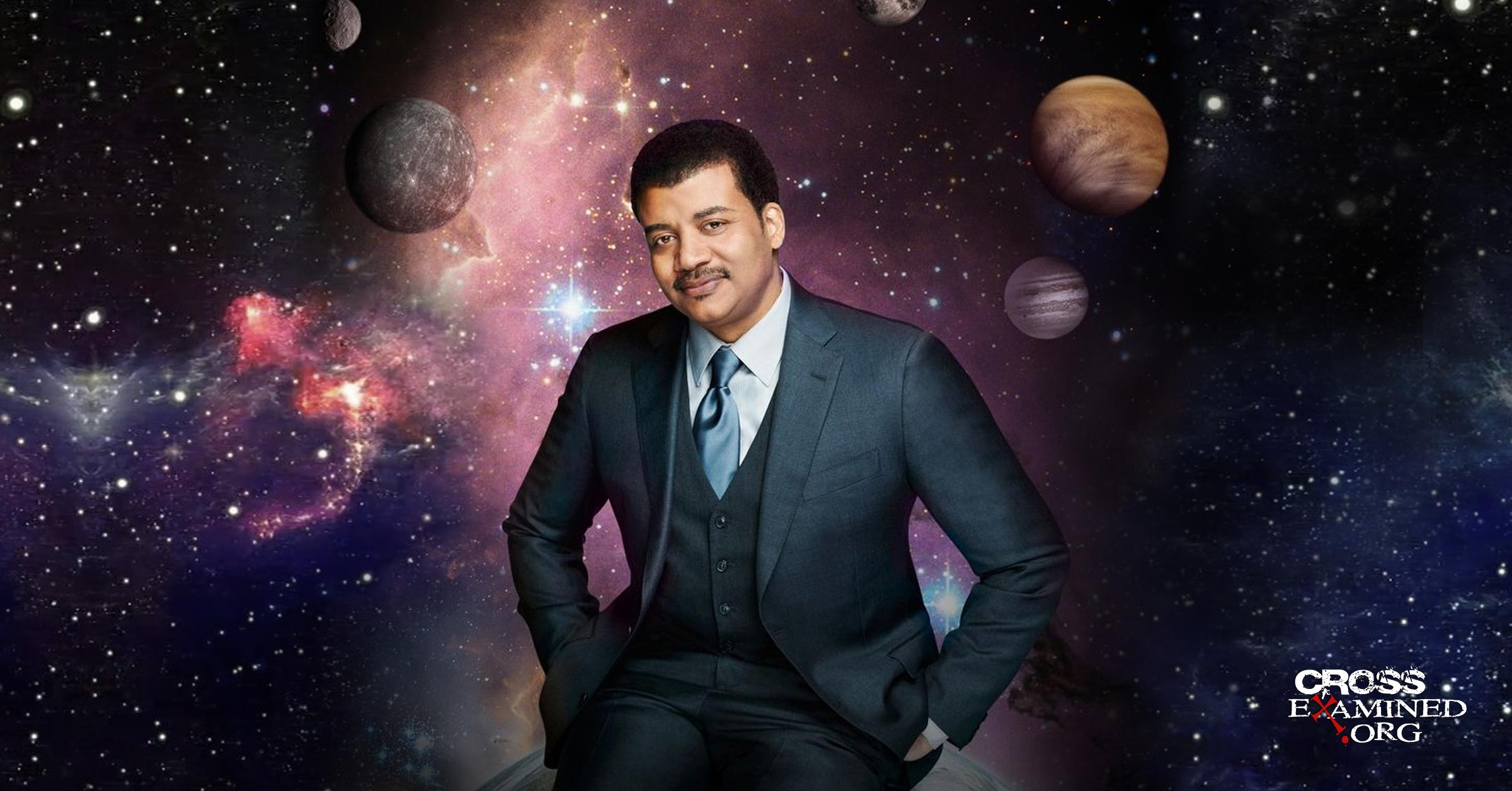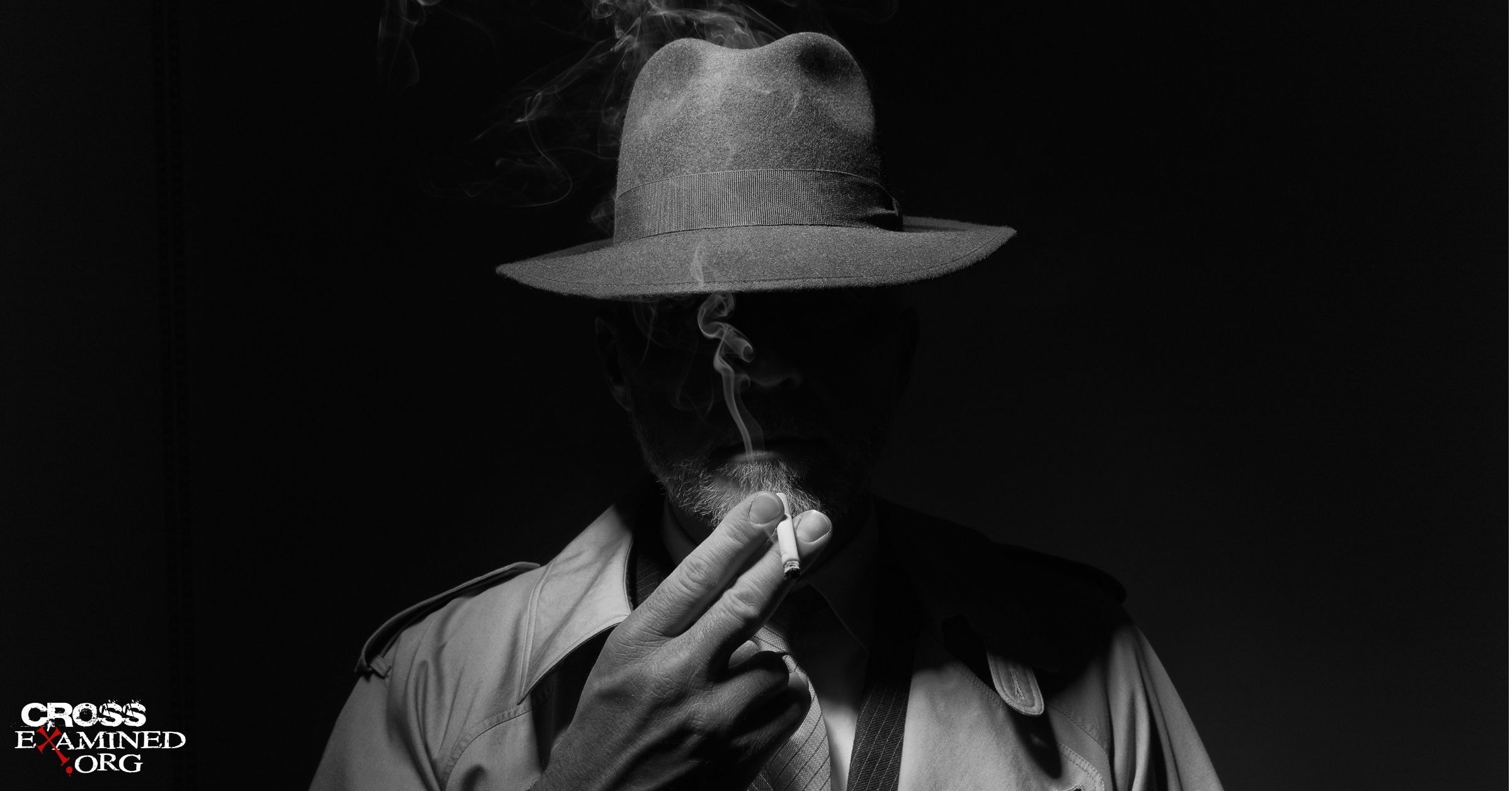Por Terrell Clemmons
Probablemente no es lo que tú piensas.
Salvando la verdad sobre la sexualidad humana
“Perdonen si esto se sale del tema”, tartamudeó la joven por el micrófono, “pero he buscado respuestas y no encuentro ninguna, así que pensé en venir esta noche a preguntarles a ustedes. ¿En qué difiere el cristianismo, si es que lo hace, respecto a la homosexualidad en comparación con otras religiones, y si es así, cómo?” Sus labios estremecidos y sus manos temblorosas revelaron la magnitud de la lucha que le había costado expresar la pregunta.
El auditorio se quedó en silencio cuando todas las miradas se dirigieron a Abdu Murray, que acababa de participar en un foro abierto de la universidad sobre las principales religiones del mundo.
Abdu guardó silencio por un momento. Se dio cuenta de que ella no solo buscaba otra opinión. Necesitaba una respuesta que la validara como ser humano. ¿Qué podía decir que no comprometiera la sexualidad bíblica y que, al mismo tiempo, le mostrara que Dios se preocupaba por ella sin medida?
“Es solo que hay tantas cosmovisiones para elegir”, comenzó. Y ninguna de ellas podría dar una respuesta que validara incondicionalmente su humanidad. Es decir, ninguna, excepto una. Pero antes de llegar a esa, examinó las demás.
Consideremos el ateísmo naturalista, la cosmovisión que impulsa el secularismo progresista. Según el secularismo naturalista, el ser humano es un animal altamente evolucionado. Esta cosmovisión es doblemente deshumanizadora con respecto a la homosexualidad. En primer lugar, según la narrativa evolutiva darwiniana, no hay nada especialmente significativo en los seres humanos. “Una rata es un cerdo es un perro es un niño”, en palabras de Ingrid Newkirk, fundadora de People for the Ethical Treatment of Animals (PETA), de modo que lo único que nos distingue de las moscas de nuestra ventana es que estamos por encima de ellas en la cadena alimenticia. En segundo lugar, si, como se nos dice, la evolución darwiniana prosigue a través del proceso evolutivo, entonces la homosexualidad fracasa evolutivamente porque el sexo entre personas del mismo sexo no se reproduce. Por lo tanto, en una cosmovisión naturalista, las personas que practican el sexo entre personas del mismo sexo no son, al igual que todos los demás, nada especial, y además son fallas darwinianas.
¿Qué hay de los sistemas panteístas orientales, como el hinduismo o el budismo, o una espiritualidad al estilo de Deepak Chopra? Pues bien, los fundamentos éticos de estas cosmovisiones son, en el mejor de los casos, ambiguos, ya que enseñan que la moral es relativa. Por lo tanto, ninguna de ellas proporciona una base objetiva para el valor o la identidad humana. Y lo que es peor para el que busca respuestas sólidas, sostienen que el sufrimiento es una ilusión, lo que es un insulto a la persona que sufre. No ofrecen nada más allá de la charlatanería autorreferencial para quien lucha con su identidad.
¿Y el islam? Aunque ofrece solidez, con su fundamento monoteísta y sus claras normas que circunscriben el comportamiento sexual, el islam es abiertamente hostil a la homosexualidad. En algunos países islámicos, los actos homosexuales se castigan con la cárcel, la flagelación y, en algunos casos, la muerte.
Finalmente, entonces, Abdu entró en el cristianismo. Hizo dos observaciones al respecto. En primer lugar, todos sabemos intuitivamente que hay algo en el sexo que lo hace más que un simple acto físico. ¿Por qué se trata la agresión sexual de forma diferente a la mera agresión física? Porque, dijo, hay algo sagrado y frágil en la sexualidad, y las cosas sagradas son tan especiales que merecen ser protegidas. Dios quiere proteger el carácter sagrado de la sexualidad para que no se convierta en algo común, y los límites establecidos por la ética sexual bíblica protegen el carácter sagrado de la sexualidad.
Pero, admitió, eso no explica la proscripción que limita el sexo al matrimonio entre personas del sexo opuesto. Ese fue el tema de su segundo punto. Para abordar el principio del matrimonio entre hombres y mujeres, se refirió al relato bíblico de la creación en el Génesis, donde se nos dice que Dios creó al hombre y a la mujer a imagen de Dios. Que el hombre y la mujer hayan sido creados a imagen y semejanza de Dios es un concepto blasfemo para el islam, un concepto extraño en cualquier panteísmo y un absurdo en cualquier secularismo naturalista. Solo la cosmovisión bíblica, que sostiene que todos los hombres y todas las mujeres son portadores de la imagen divina de Dios, ofrece una base objetiva para la dignidad y el valor humanos inherentes.
Y esto nos lleva a la razón por la que vale la pena limitar la sexualidad humana al matrimonio hombre-mujer: Es porque el sexo es la forma en que la vida humana viene al mundo. “El sexo entre un hombre y una mujer es el único medio por el que viene al mundo un ser tan precioso”, dijo. “Y como un ser humano es el producto sagrado del sexo, el proceso sexual por el que esa persona se hace es también sagrado”. La ética bíblica limita la expresión sexual al matrimonio monógamo, hombre-mujer, porque “Dios está protegiendo algo sagrado y hermoso”. Al someternos a la guía de la creación, “Se nos concede el honor de reflejar un aspecto del esplendor divino”.
Concluyó su respuesta a la joven atribulada diciéndole que Dios ancla toda la dignidad humana, incluida la suya, y la sacralidad en su naturaleza inmutable y eterna. Se nos concede la altísima dignidad de reflejar la gloria de Dios en ese mundo.
Entonces, ¿en qué se diferencia el cristianismo de las demás religiones en lo que respecta a la homosexualidad? Resulta que difiere profundamente de todas las demás, pero no de la forma en que las voces culturales dominantes dicen que lo hace. Abdu relata esta escena en su libro recientemente publicado, Saving Truth: Finding Meaning and Clarity in a Post-Truth World. Aunque tiene mucho más que decir sobre la naturaleza singularmente sublime de la sexualidad dentro del matrimonio natural, Saving Truth no trata solo de la sexualidad. Ese es solo el tema de un capítulo, pero espero que te dé una idea de la belleza que la claridad bíblica puede aportar a un área llena de confusión.
Saving Truth examina todo un paisaje de confusión cultural, ofreciendo refrescantes dosis de claridad para que podamos dar sentido a muchas otras confusiones:
- ¿Qué significa “posverdad”?
- ¿Cuál es la diferencia entre autonomía y libertad liberadora?
- ¿Cómo se atraviesa por el supuesto conflicto entre ciencia y fe?
- ¿Y qué pasa con el pluralismo religioso? ¿Pueden realmente coexistir todas las religiones?
Abdu nunca dio el nombre de la joven que hizo la profunda pregunta sobre la sexualidad, pero sí concluyó el relato señalando que, después de que él respondió a su pregunta, “ella pareció saber que era ‘comprendida’. Las lágrimas comenzaron a fluir, y me concedió el honor de orar con ella”. La verdad tiene una forma de calmar el clamor y provocar momentos profundos. Espero que le des un vistazo al nuevo libro de Abdu, Saving Truth, y aún más, espero que busques la verdad allí donde te encuentras. Te cueste lo que te cueste, las lágrimas que te provoque, busca la claridad, busca la verdad. Ahí es donde encontrarás tu propósito.
Recursos recomendados en Español:
Robándole a Dios (tapa blanda), (Guía de estudio para el profesor) y (Guía de estudio del estudiante) por el Dr. Frank Turek
Por qué no tengo suficiente fe para ser un ateo (serie de DVD completa), (Manual de trabajo del profesor) y (Manual del estudiante) del Dr. Frank Turek
_____________________________________________________________________________________________________________________________________________________
Terrell Clemmons es una escritora y bloguera independiente que escribe sobre apologética y asuntos de fe.
Fuente Original del blog: https://bit.ly/2LZrSFp
Traducido por Jennifer Chavez
Editado por Monica Pirateque










